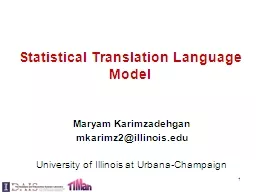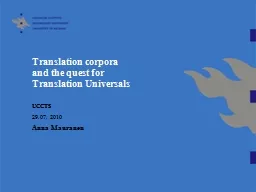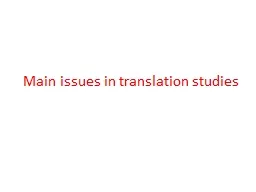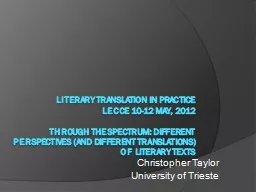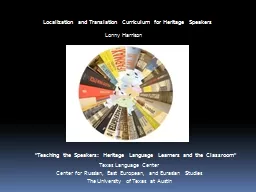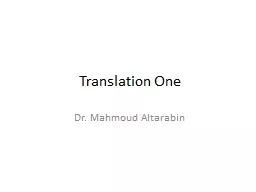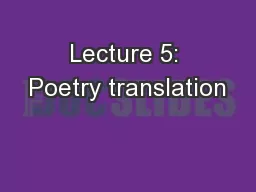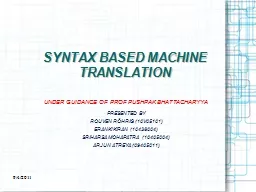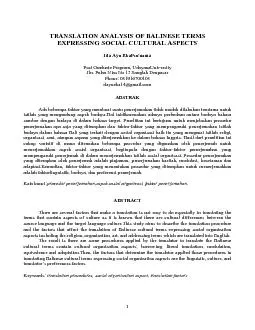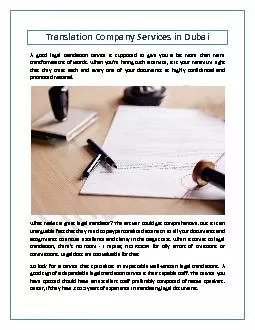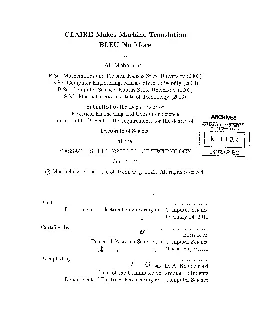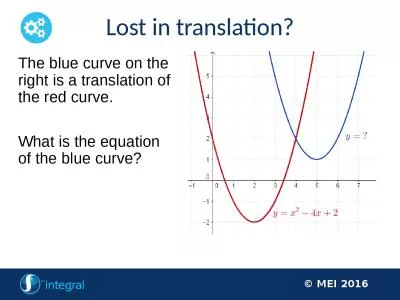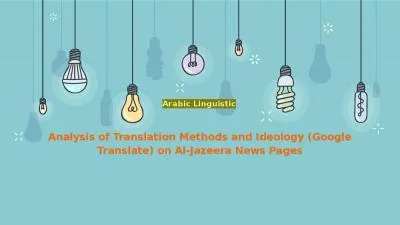PPT-Statistical Translation Language Model
Author : luanne-stotts | Published Date : 2018-01-07
Maryam Karimzadehgan mkarimz2illinoisedu University of Illinois at UrbanaChampaign 1 2 Outline Motivation amp Background Language model LM for IR Smoothing methods
Presentation Embed Code
Download Presentation
Download Presentation The PPT/PDF document "Statistical Translation Language Model" is the property of its rightful owner. Permission is granted to download and print the materials on this website for personal, non-commercial use only, and to display it on your personal computer provided you do not modify the materials and that you retain all copyright notices contained in the materials. By downloading content from our website, you accept the terms of this agreement.
Statistical Translation Language Model: Transcript
Download Rules Of Document
"Statistical Translation Language Model"The content belongs to its owner. You may download and print it for personal use, without modification, and keep all copyright notices. By downloading, you agree to these terms.
Related Documents

